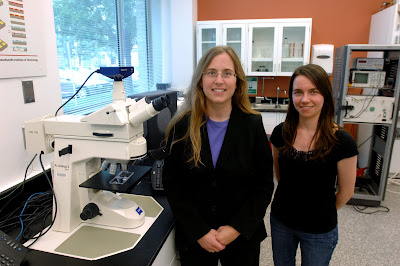
Springs can store mechanical energy indefinitely when properly tethered, and they can operate in harsh environments, with immunity to temperature extremes that would kill most batteries. The catch is that conventional steel springs have a much lower energy density than batteries. Researchers working with carbon-nanotube powered springs, however, report that the nanotube springs can store 1,000 times more mechanical energy than their steel counterparts. While that's still lower than the energy density of today's batteries, ganged nanosprings might rival batteries in density, with a greener footprint. Unlike batteries, carbon nanotubes are impervious to temperature, humidity and other environmental factors, since they are composed of pure carbon molecular chains just a few nanometers in diameter but millimeters long. For direct battery replacement, the nanosprings would need to drive a generator to deliver electric current, making the efficiency of the generator a factor.
Text: http://www.eetimes.com/showArticle.jhtml?articleID=220100920
